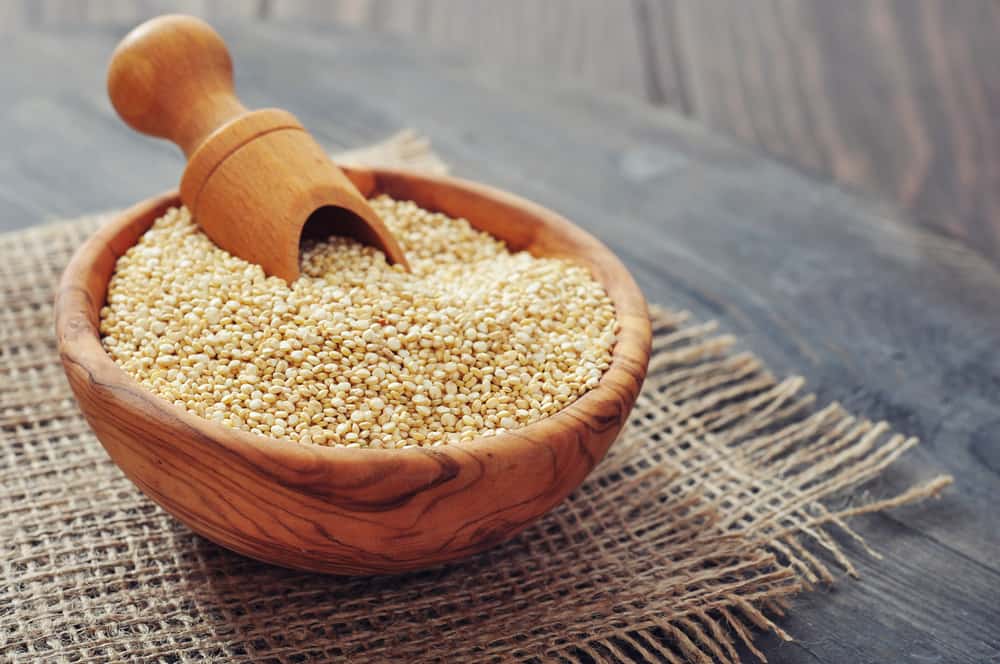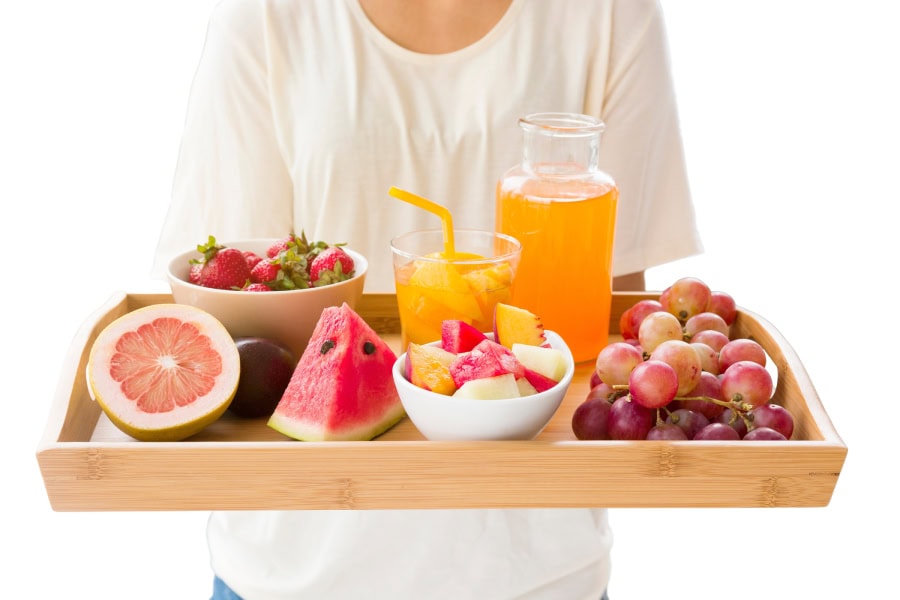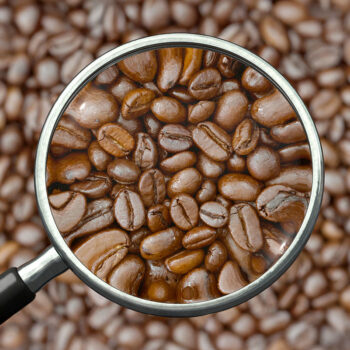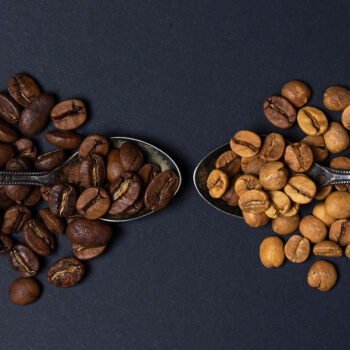Quinoa is one of those foods that you hear people casually mention, and you pretend that you know what they are referring to because you feel like you should know what it is, even if you don’t. Maybe you look for it at the grocery store only to discover that you don’t even know where to find it. Is it in the pasta isle? What about produce? Why is this food that other people know so much about so elusive? Here is a little bit of info on quinoa and how incorporating it into your diet can be a positive move.
What is Quinoa?
While often referred to as a grain, quinoa is actually a seed from a plant called “goosefoot.” It has risen in popularity lately as a grain because it can be prepared similarly to other common grains such as rice. Quinoa has been around since way before most current diet trends. Originating in South America, the Incas have had quinoa as a massive staple in their culture because of its many health and nutritional benefits.
Why Has Quinoa Become So Popular?
Unlike some trends, quinoa has been on the rise because it is incredibly beneficial and people who incorporate it into their diets experience these positive benefits. Aside from quinoa being gluten free and beneficial for your digestive system, it has more protein than any other grain or seed, and it contains every essential amino acid that your body cannot make on its own. This factor makes quinoa very popular for vegetarians and vegans because it is a rare complete protein sourced from a plant. It is also high in vitamin B and iron. The benefits are pretty jam packed for a seed! People often substitute it for rice because, on top of cooking faster, it has 15 times less grams of carbohydrates and considerably more fiber.
How Should I Serve Quinoa?
One of the most wonderful aspects of this superfood is that it is so diverse in how it can be served. You can satay vegetables and add them in quinoa as a side, or you can substitute it for rice in a stirfry (or substitute it for rice in any dish). Throw it in a fresh salad, or include it in a winter stew. It can also be a wonderful breakfast choice as well, replacing oatmeal or porridge options. This is a popular option because if you throw some berries and a little sweetener in a bowl of quinoa, you have a tasty yet nutritious, protein packed way to start your day. The options for consumption really do go on and on!
Are There Different Types of Quinoa?
There are three main different colors of quinoa, and though they are all similar, there are subtle differences in what they offer. White quinoa is the most common as it is the fastest to prepare and also the most mild in flavor. Red quinoa has a little more flavor and a little more crunch, and black quinoa takes the longest to cook while having the most amount of flavor and crunch factor.
What with quinoa’s long standing history in cultures well before our own, it’s convenience, dish diversity, and high level of important nutrients, this is one food trend that we could all benefit from trying and embracing.

